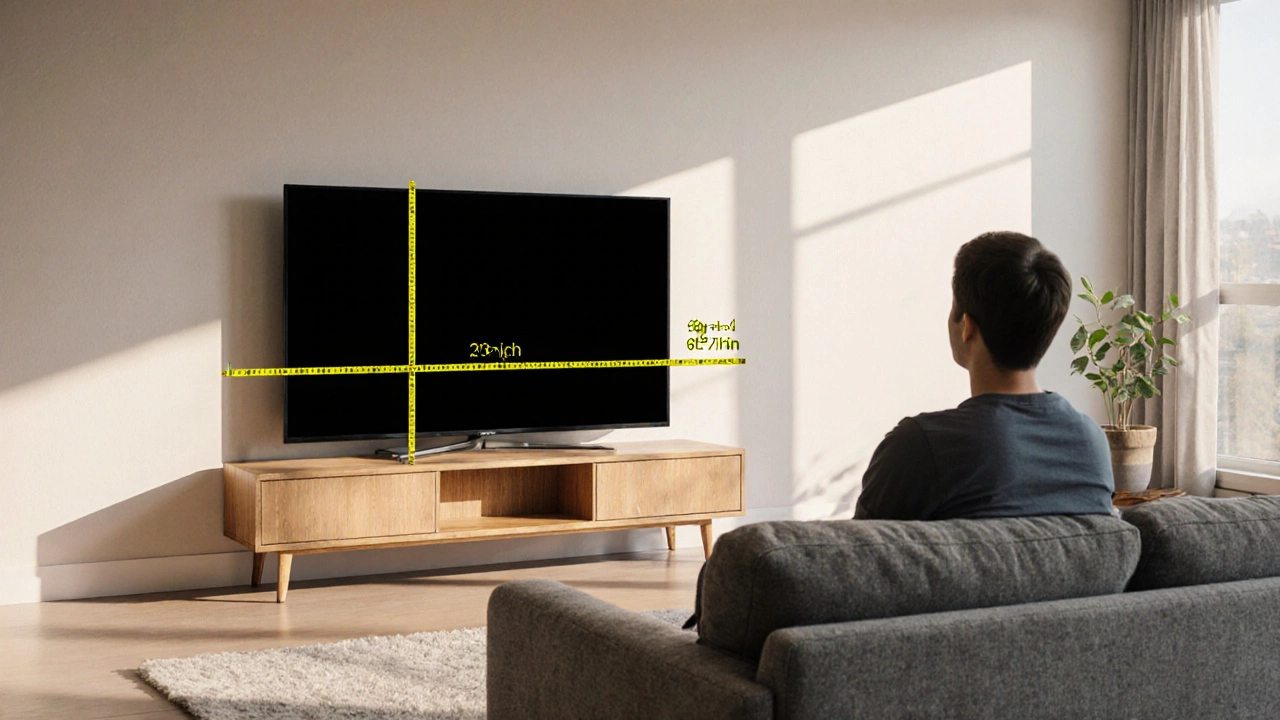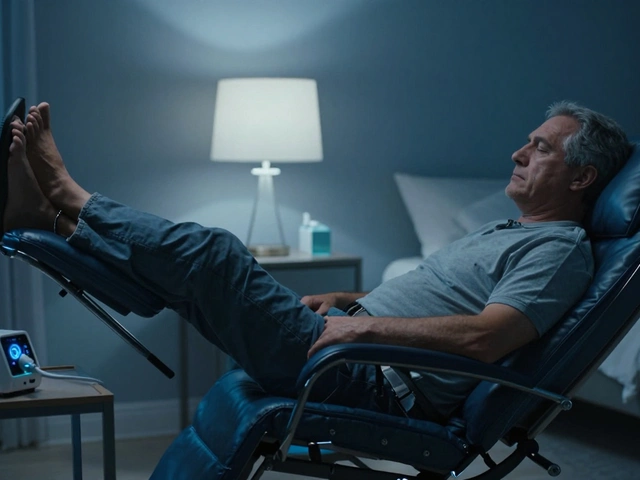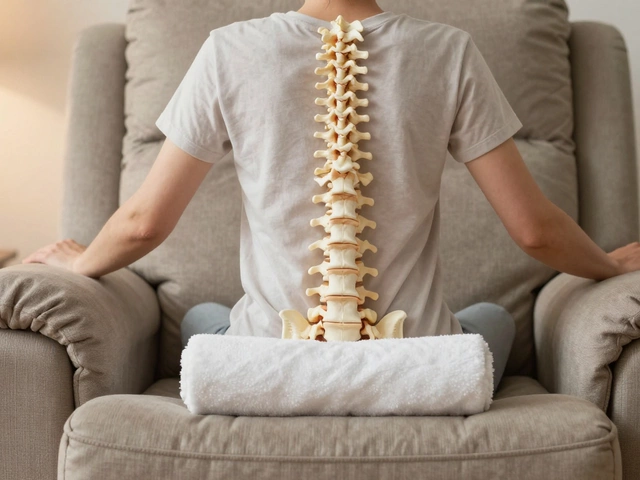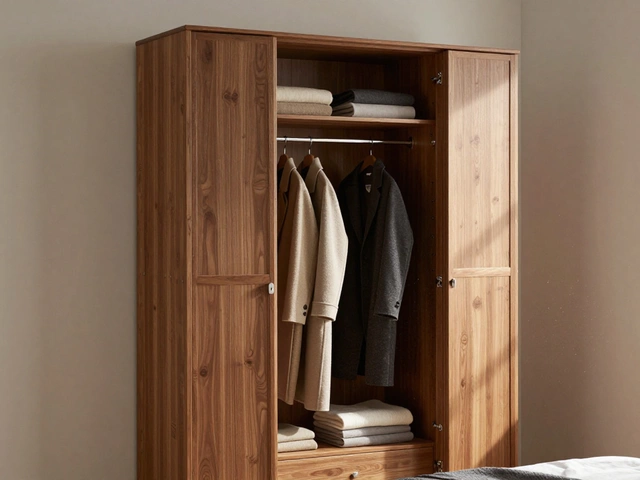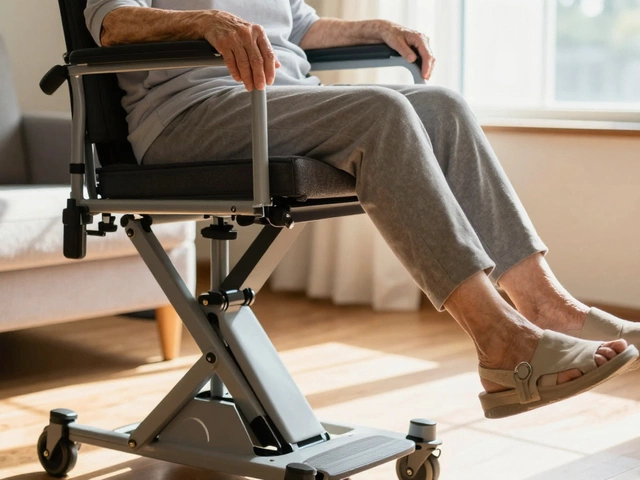Optimal TV Viewing Height: How to Set Up Your TV for Comfort
When working with optimal TV viewing height, the ideal vertical position of a television screen relative to the viewer’s eye level for comfortable and safe watching. Also known as ideal TV eye level, it helps reduce neck strain and improves picture perception., you also need to think about TV stand size, the dimensions and height of the furniture that supports your television and the viewing distance, the space between the screen and the seated viewer, usually measured in feet or meters. The way you arrange your room layout, the placement of furniture and the TV within the living area plays a big role too. Together these factors shape a comfortable home theater that feels natural, not cramped.
Why Height Matters and How It Connects to Other Factors
Think of optimal TV viewing height as the hub of a small network. It encompasses the correct viewing distance, because if the screen is too low or too high you’ll end up craning your neck regardless of how far you sit. It requires the right TV stand size; a stand that’s too tall pushes the screen above eye level, while a low stand forces you to look down. The room layout influences both height and distance – a cramped layout may force you to place the TV on a wall mount, changing the height dynamics entirely. Getting these pieces right also improves ergonomics, meaning you can binge‑watch without the usual aches that come from poor posture.
Most experts recommend that the screen’s center sit about 42‑48 inches from the floor for a typical seated adult. That figure assumes a viewing distance of roughly 1.5 to 2.5 times the screen’s diagonal. For a 55‑inch TV, the sweet spot is about 8‑10 feet away; if you sit closer, bump the height up a few inches, and if you’re farther, lower it slightly. A well‑chosen TV stand size not only supports these numbers but also offers storage for media gear, keeping cables tidy and the space feeling organized.
Room layout adds another layer. Placing the TV opposite a sofa that’s centered in the room creates a natural line of sight. If you have a sectional or multiple seating zones, you might need a slightly higher mount for the back rows. Likewise, a corner setup can force the TV to sit higher to avoid glare from side windows. In every scenario, the goal stays the same: align the screen’s center with the average eye level of the primary viewers.
By balancing these elements, you create a viewing experience that feels effortless. Below you’ll find articles that walk through picking the right coffee table for your sofa, matching TV stands to other furniture, and even how bedroom design can affect your TV setup. Armed with that knowledge, you’ll be ready to fine‑tune your own space for maximum comfort and style.
Ideal Height for a 70‑Inch TV: How High Off the Floor Should It Sit?
Learn the exact floor height for a 70‑inch TV, calculate ideal viewing height, pick the right stand or wall mount, and avoid common mistakes.
